Caviar, often referred to as the ultimate delicacy, has been adored by food enthusiasts and connoisseurs for centuries. Among the multitude of caviar options available in the market, two stand out for their rarity and subtle differences in flavor and texture: Almas caviar and Beluga caviar. In this article, we will delve into the characteristics, unique features, and production processes of these two highly sought-after varieties, allowing you to make an informed choice when indulging in the finest caviar offerings. 1. Origin and Rarity: Almas Caviar, also known as “white gold,” originated from the prehistoric Russian sturgeon species known as the beluga sturgeon (Huso huso). This rare caviar is exclusively sourced from the Caspian Sea region, making it exceptionally difficult to obtain due to declining sturgeon populations and strict regulations. Beluga Caviar, on the other hand, is harvested from the same species of sturgeon but can be found in other regions as well, including the Black Sea and the Adriatic Sea.
.
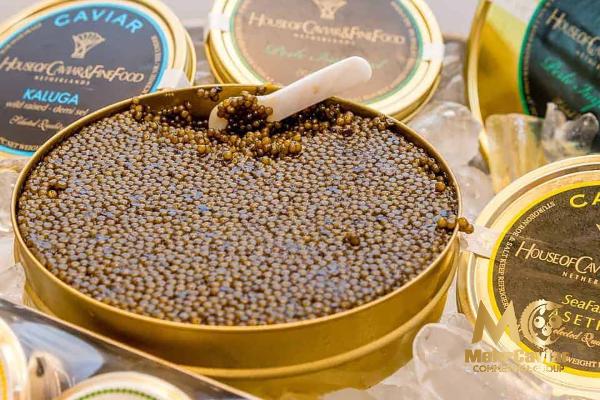 2. Appearance and Size: Almas Caviar sets itself apart visually with its beautifully pale golden color, resembling a shimmering treasure on the palate. This exquisite caviar owes its distinctive hue to the long maturing process that beluga sturgeon undergoes. Beluga Caviar, often admired for its jet black color, boasts larger pearls compared to Almas Caviar. These glossy black eggs contribute to its ornamental appeal, making it a coveted choice for gastronomic presentation. 3. Flavor Profile and Textures: Almas Caviar flaunts a unique flavor profile, combining creamy and buttery notes with a subtle hint of brine. Its velvety texture, accompanied by a delicate pop, offers a luxurious and refined experience, capturing the essence of the Caspian Sea. Beluga Caviar’s flavor profile is rich and complex, characterized by a more intense buttery taste, nutty undertones, and a gentle saltiness.
2. Appearance and Size: Almas Caviar sets itself apart visually with its beautifully pale golden color, resembling a shimmering treasure on the palate. This exquisite caviar owes its distinctive hue to the long maturing process that beluga sturgeon undergoes. Beluga Caviar, often admired for its jet black color, boasts larger pearls compared to Almas Caviar. These glossy black eggs contribute to its ornamental appeal, making it a coveted choice for gastronomic presentation. 3. Flavor Profile and Textures: Almas Caviar flaunts a unique flavor profile, combining creamy and buttery notes with a subtle hint of brine. Its velvety texture, accompanied by a delicate pop, offers a luxurious and refined experience, capturing the essence of the Caspian Sea. Beluga Caviar’s flavor profile is rich and complex, characterized by a more intense buttery taste, nutty undertones, and a gentle saltiness.
..
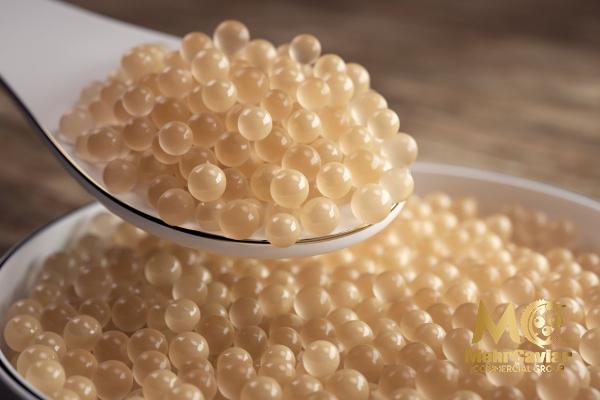 The eggs are renowned for their tenderness and delicate texture, melting smoothly on the palate, leaving a lasting impression. 4. Production and Harvesting: The production of Almas Caviar is an intricate process that involves extracting the eggs from matured beluga sturgeons, which takes around 15 to 20 years. The eggs are then salted slightly and left to mature in controlled conditions for several months to enhance their flavor and quality. Similarly, the beluga sturgeon is used to harvest Beluga Caviar. However, the harvesting process can vary depending on the region of production. In general, the eggs are extracted from mature female sturgeons, salted lightly, and aged to perfection, ensuring the highest quality caviar. 5. Availability and Pricing: Due to the rarity and declining population of beluga sturgeon, Almas Caviar is extremely limited and, consequently, highly valued in the market.
The eggs are renowned for their tenderness and delicate texture, melting smoothly on the palate, leaving a lasting impression. 4. Production and Harvesting: The production of Almas Caviar is an intricate process that involves extracting the eggs from matured beluga sturgeons, which takes around 15 to 20 years. The eggs are then salted slightly and left to mature in controlled conditions for several months to enhance their flavor and quality. Similarly, the beluga sturgeon is used to harvest Beluga Caviar. However, the harvesting process can vary depending on the region of production. In general, the eggs are extracted from mature female sturgeons, salted lightly, and aged to perfection, ensuring the highest quality caviar. 5. Availability and Pricing: Due to the rarity and declining population of beluga sturgeon, Almas Caviar is extremely limited and, consequently, highly valued in the market.
…
 Its price tag reflects its scarcity, with Almas caviar fetching one of the highest prices in the caviar world. In comparison, Beluga Caviar is relatively more abundant and commercially available, although it still holds an esteemed position in the luxury caviar market. The pricing of Beluga Caviar is lower compared to Almas caviar but is still considered one of the most expensive varieties due to its high demand and rarity. Conclusion: Almas Caviar and Beluga Caviar represent the epitome of luxury, elegance, and refined gourmet experiences. Both offer distinct flavor profiles, textures, and visual presentations, ensuring an unforgettable culinary journey. As a discerning connoisseur, the choice between these two prized caviar varieties ultimately rests on personal preference, availability, and perhaps, your willingness to indulge in the pinnacle of luxury.
Its price tag reflects its scarcity, with Almas caviar fetching one of the highest prices in the caviar world. In comparison, Beluga Caviar is relatively more abundant and commercially available, although it still holds an esteemed position in the luxury caviar market. The pricing of Beluga Caviar is lower compared to Almas caviar but is still considered one of the most expensive varieties due to its high demand and rarity. Conclusion: Almas Caviar and Beluga Caviar represent the epitome of luxury, elegance, and refined gourmet experiences. Both offer distinct flavor profiles, textures, and visual presentations, ensuring an unforgettable culinary journey. As a discerning connoisseur, the choice between these two prized caviar varieties ultimately rests on personal preference, availability, and perhaps, your willingness to indulge in the pinnacle of luxury.


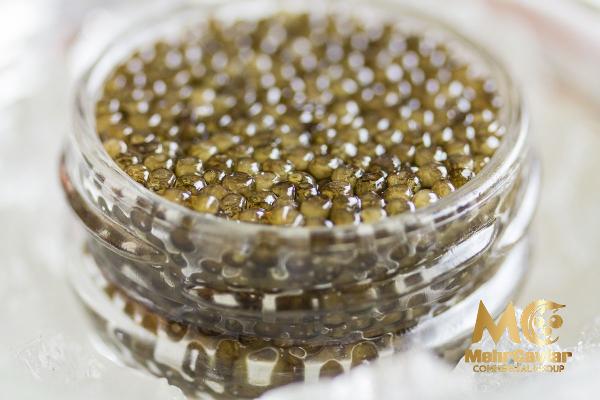

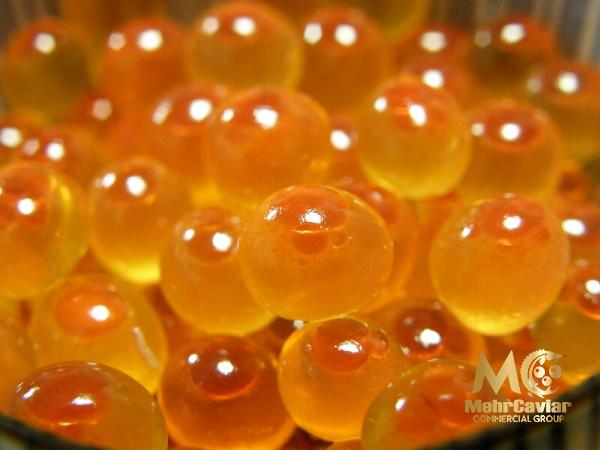


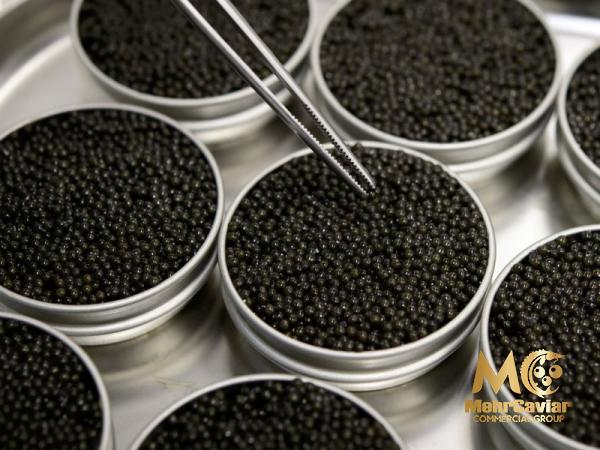
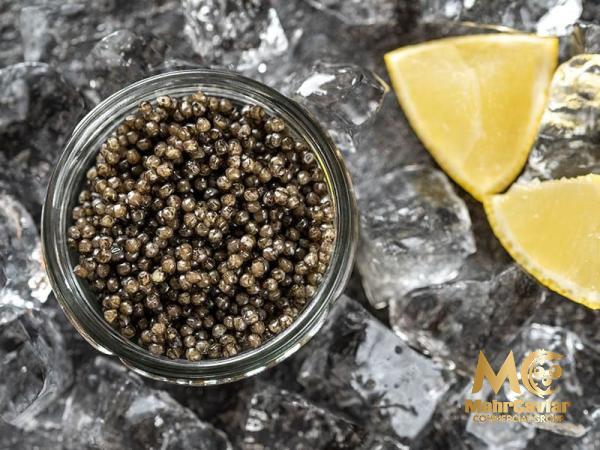
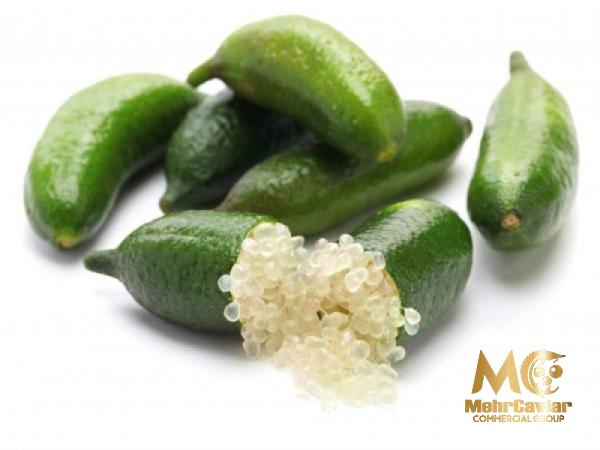
Your comment submitted.